Tesla fails ‘Roadrunner’ safety test in viral video exposing major flaw
Calling to mind a certain cartoon series and the backfiring plans of one incompetent coyote, a video experiment intended to test Tesla’s AI capability has exposed a huge safety flaw in the system
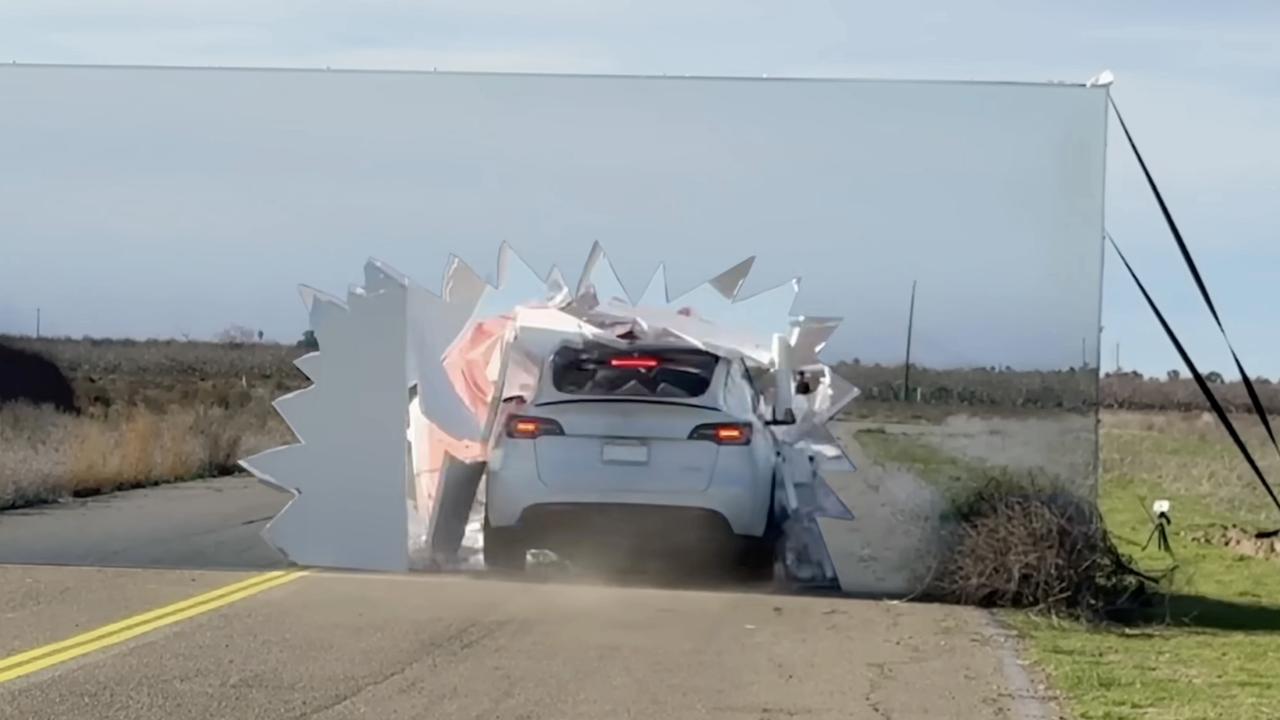
READING LEVEL: ORANGE
A viral video experiment has exposed safety flaws in Tesla’s camera-based “Autopilot*” driver assistance system*.
American YouTube presenter Mark Rober published an unintentionally comical video testing the difference between camera and laser – or LIDAR* – based driver assistance features in cars. The results seem amusing in a test environment – the video prompting shocked laughter from many viewers – but the failure would be deadly serious on the road.
So what went wrong?
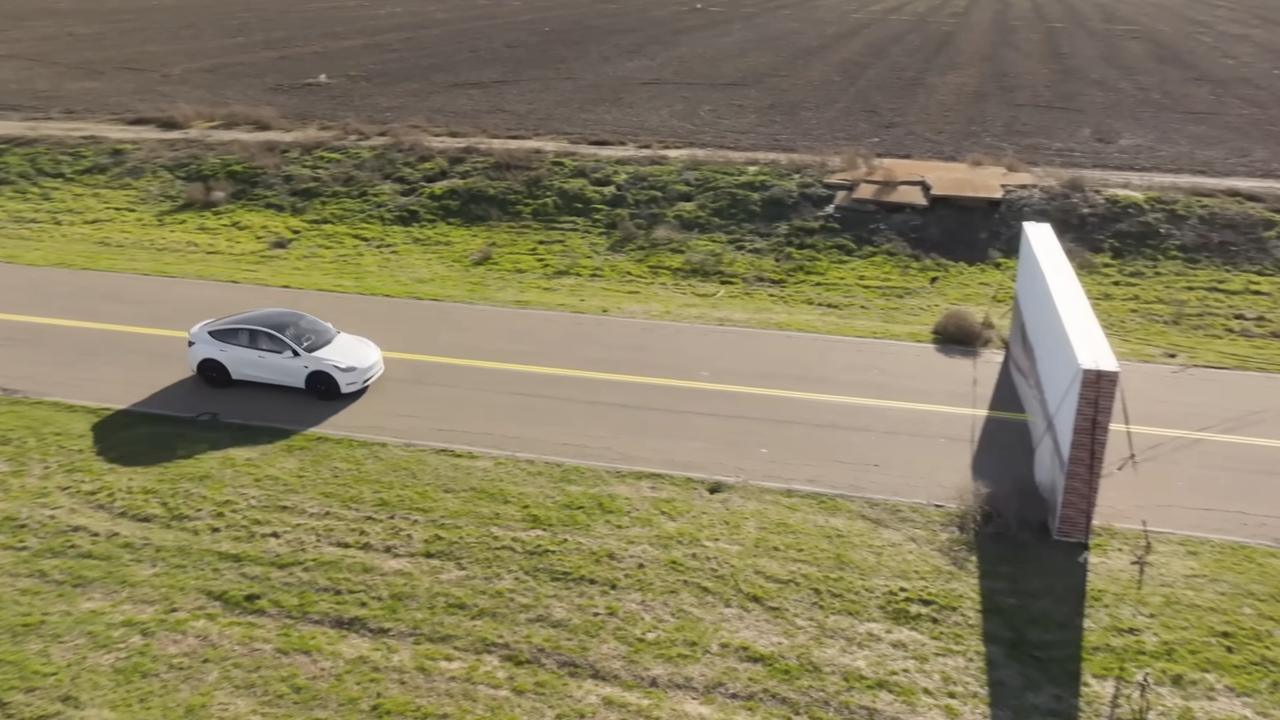
Tesla chief executive Elon Musk is famously a fan of camera-based technology, believing that if visual processing is good enough for human eyes and minds to process their environment, then it could also work for cars.
But other companies, ranging from car company Volvo to Google’s self-driving software company Waymo, insist that more sophisticated radar and laser rangefinding sensors* are necessary for vehicles to assess their surroundings.
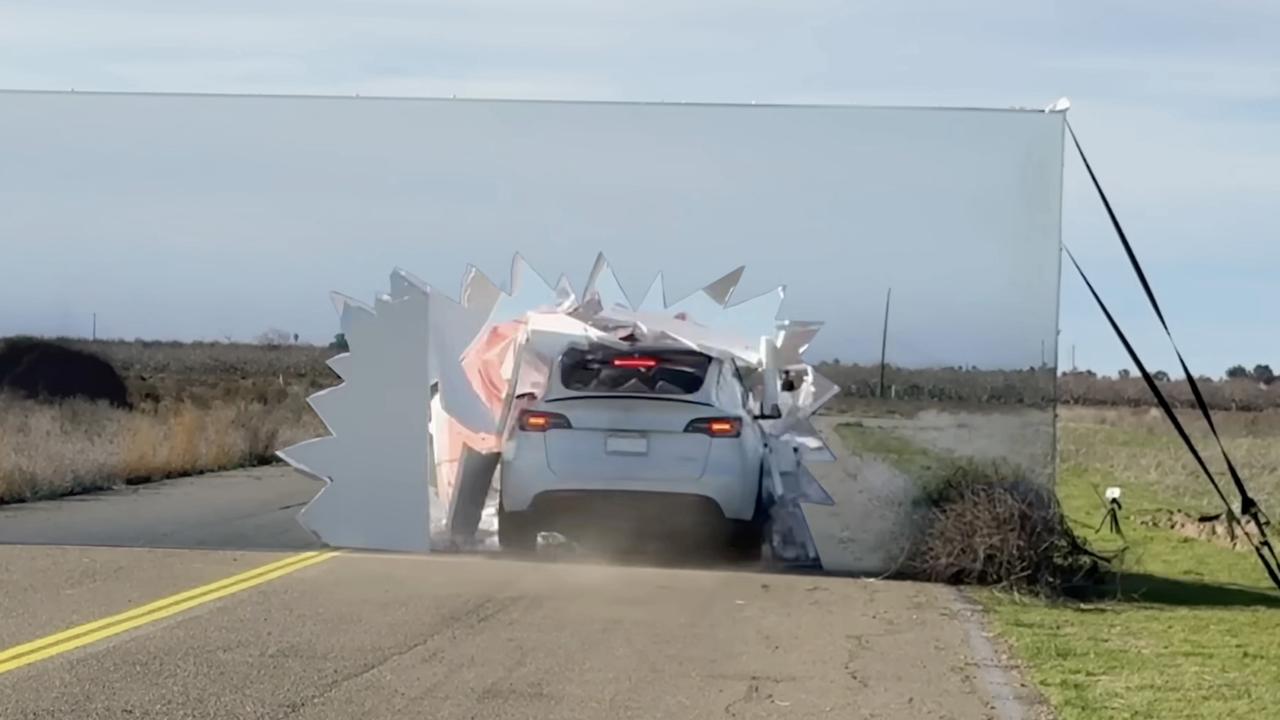
Mr Rober put the cars to the test by setting up a fake wall inspired by “Roadrunner*” cartoons.
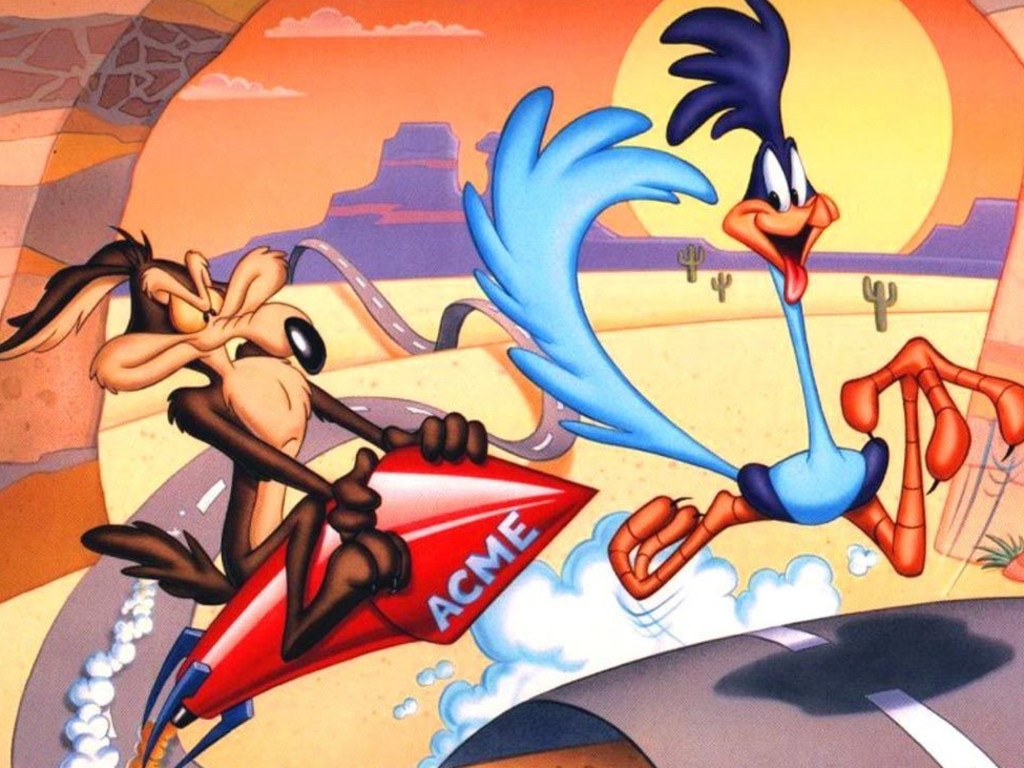
In his experiment, a Tesla Model Y – relying on cameras for its cruise control* and auto emergency braking systems – did not detect the obstacle, smashing through it spectacularly.
But a prototype* Lexus fitted with an expensive LIDAR scanner accurately recognised the wall and stopped in time.
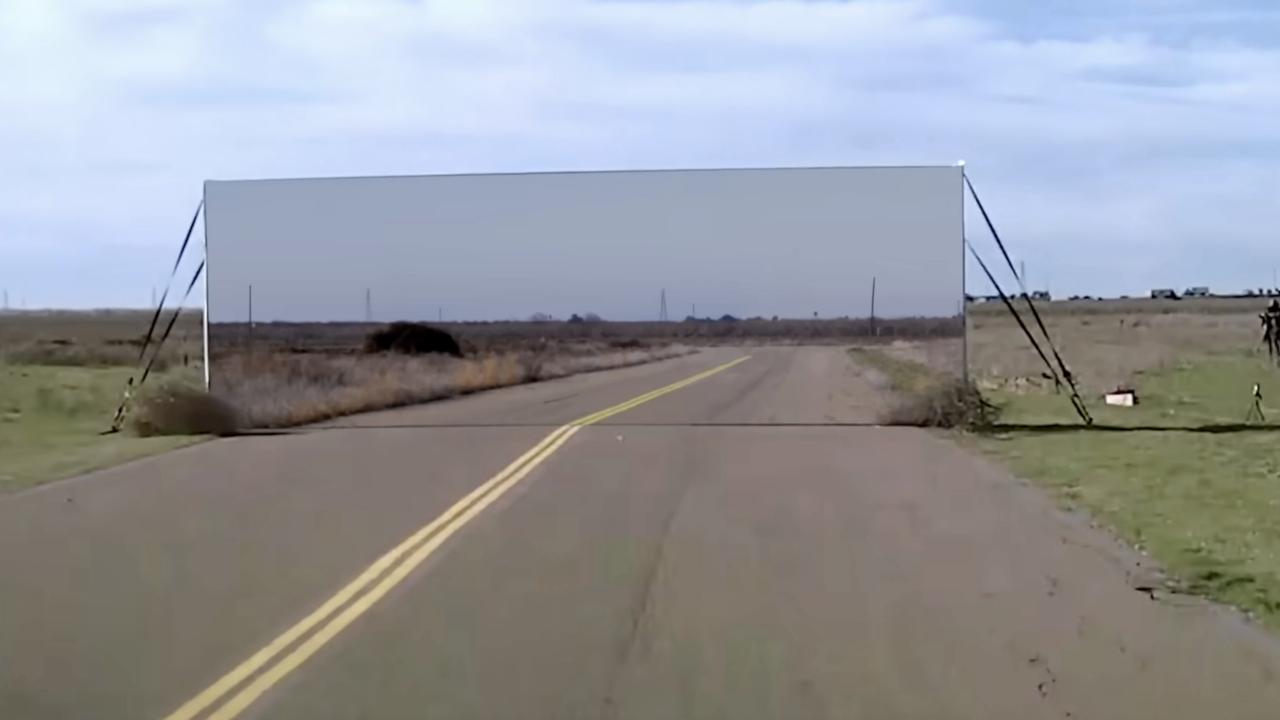
That’s because the LIDAR sensor does not rely on shapes and colours to “see” its environment. Instead, it fires laser beams and measures how long it takes the signal to bounce back from surrounding objects, giving the car a better sense of its surroundings.
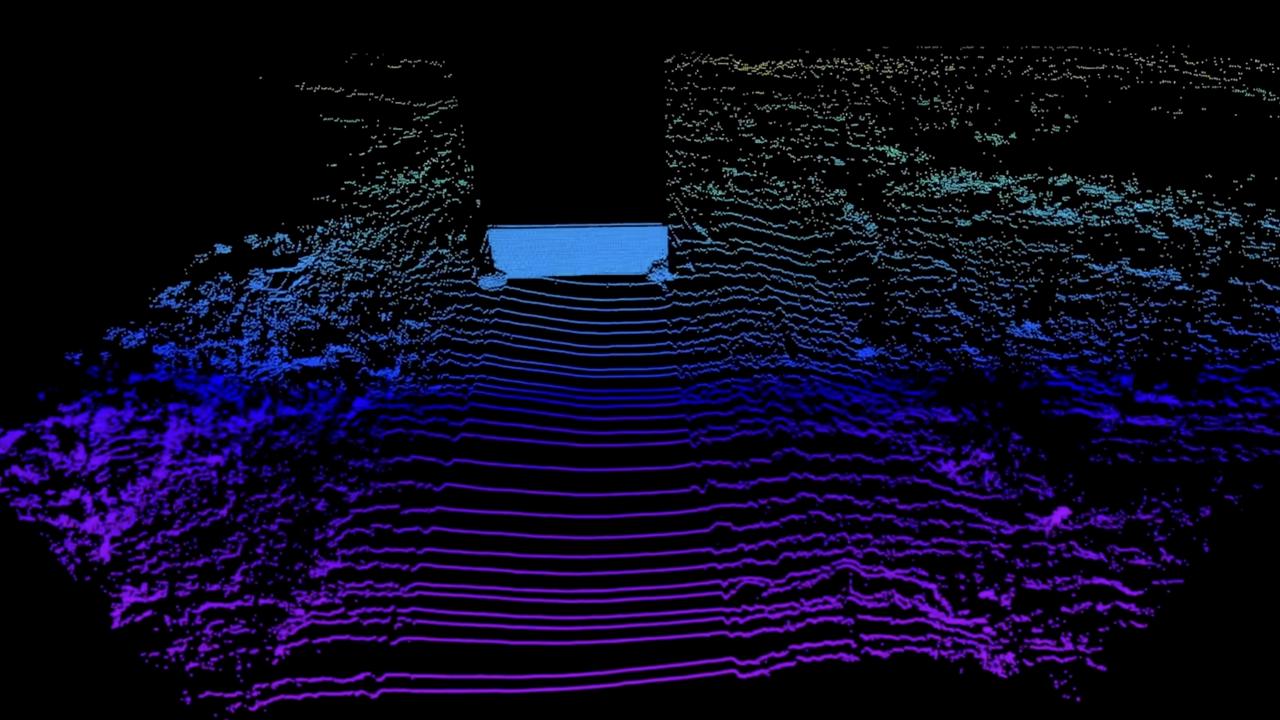
Mr Rober said people should “never underestimate the power of freakin’ lasers!”
“I can definitively say for the first time in the history of the world, Tesla’s optical* camera system would absolutely smash through a fake wall without even a slight tap on the brakes,” he said.
“Turns out my Tesla is more Wile E. Coyote*, and less Roadrunner.”

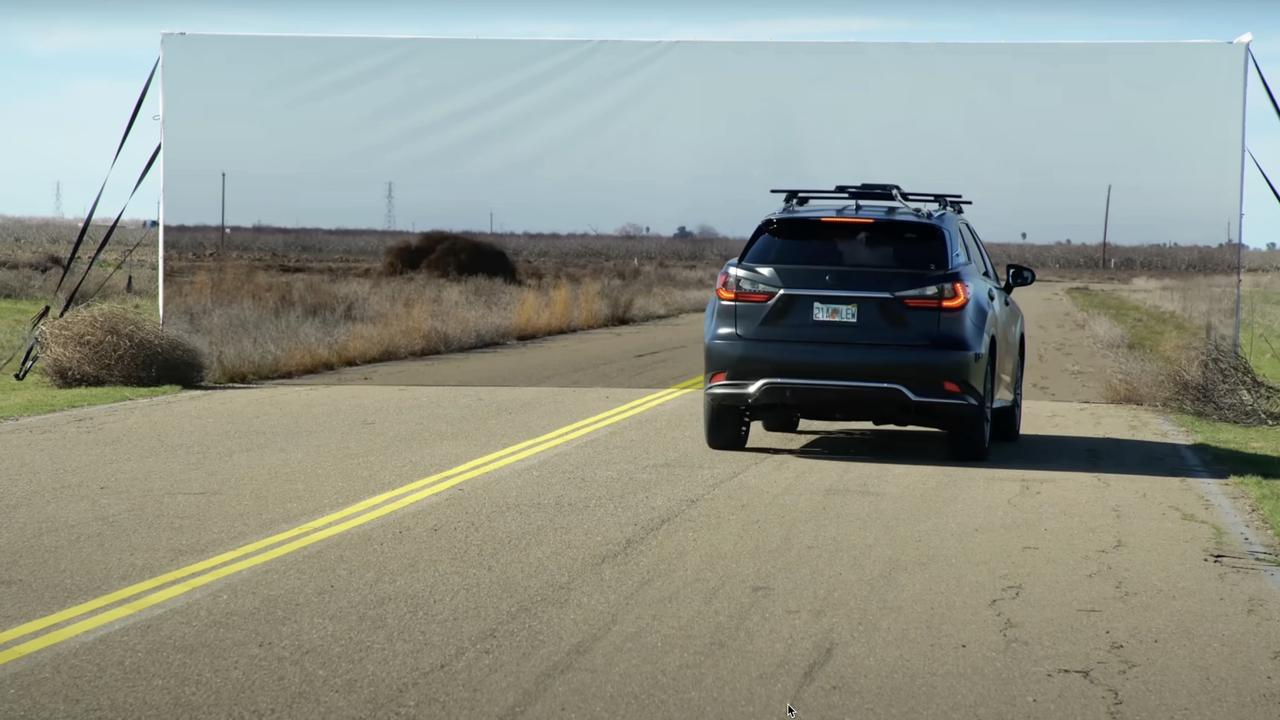
The video attracted more than 10 million views in two days and sparked heated debate on social media.
The video did not feature Tesla’s latest car or its latest driver assistance technology – known as “Full Self Driving” – instead relying on an the brand’s simpler “Autopilot” assistance suite.
People accused Mr Rober of making a “very misleading” video “attacking Tesla and Elon Musk”, and one even asked, “Did you rig the test?”.
Another person found the footage informative, and said it, “explains all the kid-shaped dents on the front of my Tesla”.
WATCH THE VIDEO
POLL
GLOSSARY
- autopilot: a device that keeps aircraft, spacecraft, ships and now cars moving in a particular direction without human involvement
- driver assistance systems: technologies used to make motor vehicle travel safer
- LIDAR: stands for “light detection and ranging”, a remote sensing method that uses light in the form of a pulsed laser to measure ranges (variable distances) to Earth
- rangefinding sensors: provide distance measurements
- Roadrunner: the Looney Tunes cartoon series was named for a real bird that runs very quickly, has a long tail and is found mainly in the southwestern United States
- cruise control: vehicle system allowing the driver to set a speed at which the vehicle will continue unless the driver changes it
- prototype: original model, first example, from which later versions are developed
- optical: related to eyes and sight, vision, as well as relating to, producing, or involving light
EXTRA READING
Humanoid robot front flip stuns
‘Dumbphone’ dare not so stupid
AI bots speak their own language
QUICK QUIZ
- What does Tesla chief executive Elon Musk famously believe about visual processing?
- Which two names companies are among those who think radar and laser are needed?
- Mr Rober’s experiment was inspired by which old cartoon?
- The video had how many views in how many days?
- What is Tesla’s latest driver assistance technology called and was this what was tested?
LISTEN TO THIS STORY
CLASSROOM ACTIVITIES
1. What’s more important?
What do you think is more important for road safety – having better driver assistance technology or making sure that all drivers are as skilled as possible? Write convincing paragraphs that explain your opinion
Time: allow at least 40 minutes to complete this activity
Curriculum Links: English, Science
2. Extension
The original Roadrunner cartoons that featured Roadrunner and Wile E. Coyote were made from 1948 to 1963. Can you think of characters and/or situations from a more modern animation or game that could be used to help make a video about the safest driver assistance system that younger people could understand? Create a storyboard or write a description using more modern characters or inspiration.
Time: allow at least 30 minutes to complete this activity
Curriculum Links: English, Science, Visual Communication Design, Media Studies
VCOP ACTIVITY
Read this!
A headline on an article – or a title on your text – should capture the attention of the audience, telling them to read this now. So choosing the perfect words for a headline or title is very important.
Create three new headlines for the events that took place in this article. Remember, what you write and how you write it will set the pace for the whole text, so make sure it matches.
Read out your headlines to a partner and discuss what the article will be about based on the headline you created. Discuss the tone and mood you set in just your few, short words. Does it do the article justice? Will it capture the audience’s attention the way you hoped? Would you want to read more?
Consider how a headline or title is similar to using short, sharp sentences throughout your text. They can be just as important as complex ones. Go through the last text you wrote and highlight any short, sharp sentences that capture the audience.


